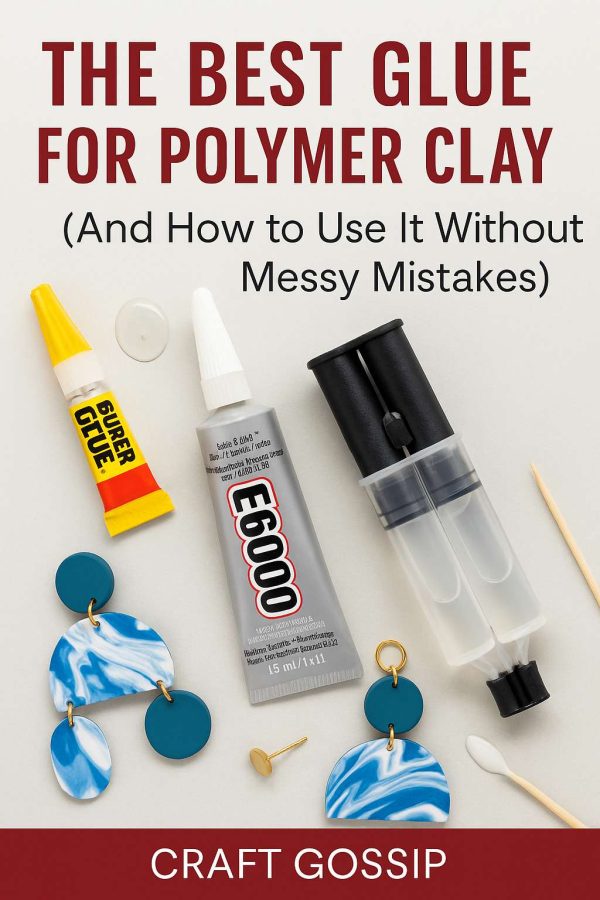JibbyandJuna shares her method for making her simple but striking textured beads. Along the same lines you can use regular table salt (rinse out after baking), the edge from your bone folder, an old comb and so on to make textured accent beads. A little acrylic paint – try white for very dark colours or browns for lighter colours – rubbed on after baking then either wiped off or sanded off makes the textures stand out.
JibbyandJuna also has an Etsy shop filled with lovely, textured pieces that need admiring.

They say chunky jewelry is in — and I can see why! Love the idea of using salt for texture!
Yeah, I’ve been making faux “concrete” key fobs with simple stamped messages in for the men using salt and some fake granite mixes. So far, so good!